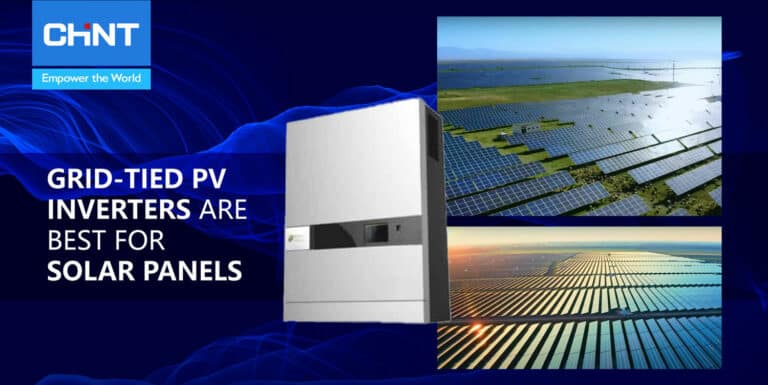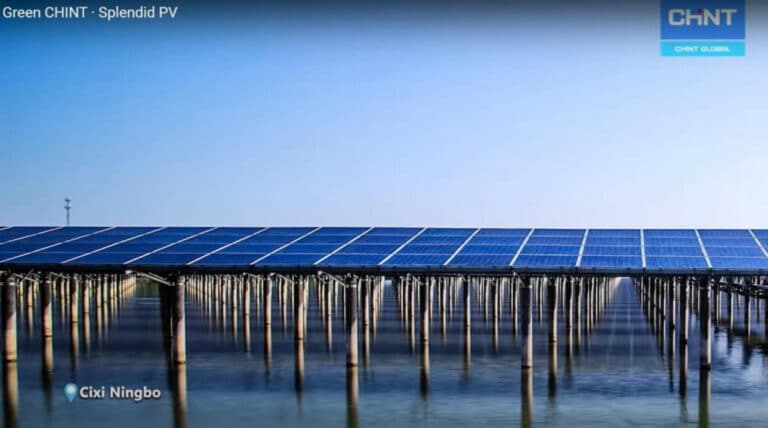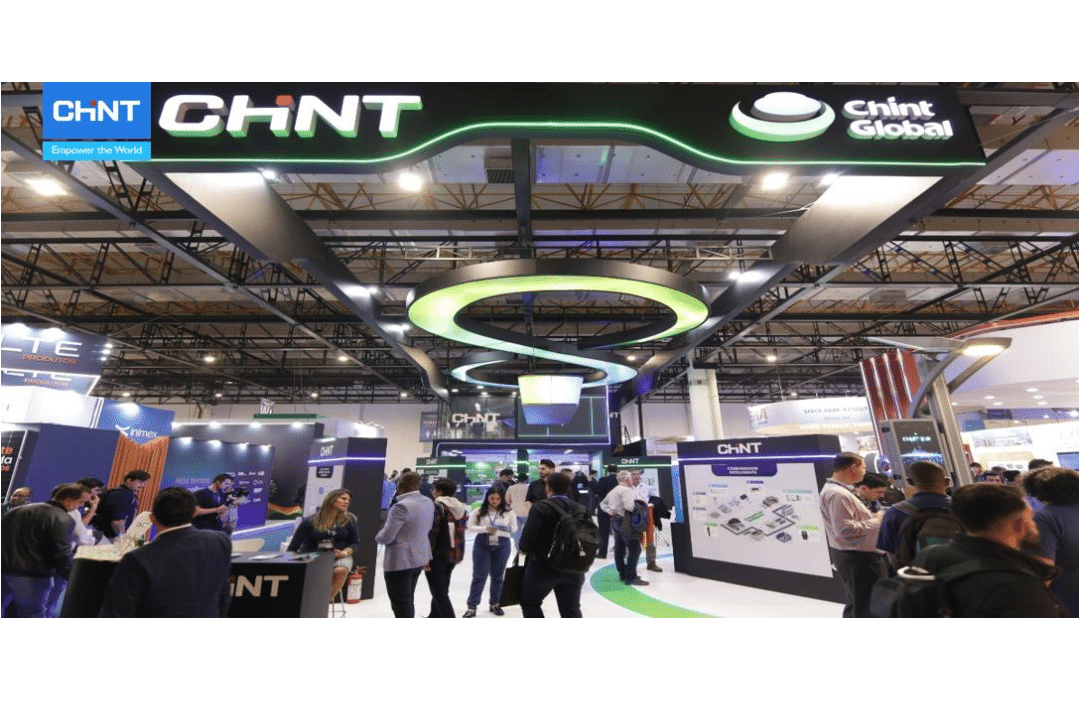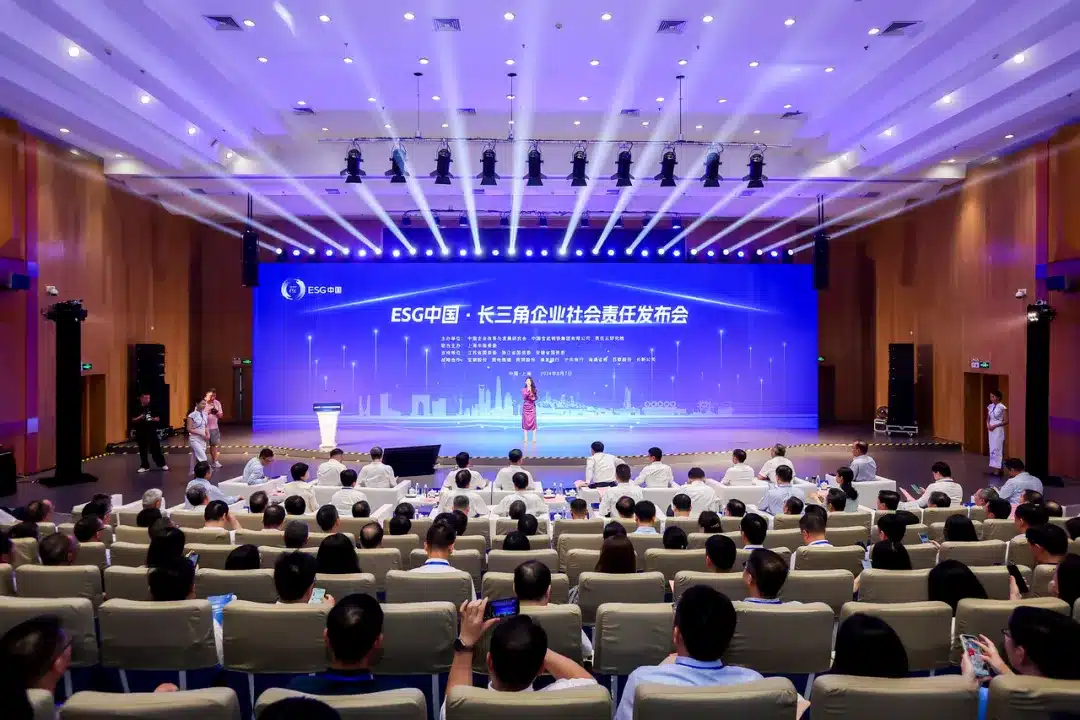Table of Contents
Solar energy, particularly PV modules, are playing an essential role in the energy sector. PV modules supply clean, renewable energy and are a valid alternative to other forms of energy, like burning fossil fields.
As more homes and businesses adopt PV modules, companies like Chint Global at the forefront of cutting technologies in solar power. Their goal is to meet their current needs while providing innovations and improvements.
What is a PV Module?
PV (Photovoltaic) modules, sometimes called PV or solar panels, are an integral part of a solar power system. A PV module captures light energy from the sun and converts it into electrical energy. Each module is made up of a grid of small solar cells. The cells are made of a semiconductive material, typically silicon.
This material is sensitive to light and uses the photovoltaic effect to convert light energy into electricity. The PV effect is a chemical and physical phenomenon that allows certain materials to change sunlight into electricity.
How Does a PV Module Work?
Sunlight travels in small particles called photons. When a photon strikes a semiconductive material, it can bounce off, go through, or be absorbed. When enough photons are absorbed, the material can free some of the electrons from the sunlight.
These free electrons have a negative charge and create a disparity of charges between the front and back of the cell. This disparity develops a voltage potential between the positive and negative particles, similar to the ends of a battery. Conductors absorb the electrons and move them through a circuit, creating electrical power.
Basic Structure of a PV Module
A PV module is composed of layers. Each layer aids in the absorption of sunlight and the conversion to electricity. A module is made up of 60 or 72 solar cells that are all connected. The cells are the main part of the module. It is responsible for absorbing sunlight. The cells are contained in one module to protect them in an outdoor environment.
There are two layers on top of the cells—tempered glass and the encapsulant material. The glass is highly transparent to aid in trapping photons. It is also thick enough to protect the other components. The encapsulant material is made out of EVA. Layers are laminated to the front and back of the cells. It connects the main parts of the module.
There is a backsheet beneath the cells and encapsulant. It’s made of plastic and acts as an insulator and protective layer for the solar cells. An aluminum frame surrounds the entire structure. It allows for safe coupling with other modules and adds to their stability. A junction box is attached to the back of the module. It’s made of plastic and contains wiring and diodes. Multiple panels are connected through the junction box.
A PV module’s success is highly dependent on the materials’ quality and the construction’s caliber. Chint Global uses only high-quality materials to ensure performance. We pride ourselves on using the best construction methods to increase the efficiency and lifespan of your module.
You may be interested in this blogpost
Types of Solar PV Modules
There are several types of solar PV modules. Three of the most popular types are monocrystalline, polycrystalline, and thin-film. Let’s compare the three types along with some advantages and limitations of each.
Monocrystalline panels are among the oldest forms of solar cells. Manufacturers start with pure molten silicon and use it to grow an ingot. They then cut the ingot into thin wafers shaped like octagons, which fit together well on the panel. The cells are made of pure silicon, allowing electrons to move easily within the cell.
Monocrystalline panels are currently the most popular type of PV module. They have an efficiency between 10-15%, with some newer models reaching up to 50%. While monocrystalline panels are the most efficient and durable, they can be costly.
Polycrystalline cells are another crystalline module made of pure silicon. However, their manufacturing process differs. Instead of creating and cutting an ingot, the silicon hardens and separates into fragments. The pieces are melted and shaped into cubes. They are then sliced into thin wafers and put together to form panels.
Polycrystalline cells have an efficiency rating of 13-16%. While its less efficient than monocrystalline, they are less expensive and have a faster production time. They are durable, but their efficiency decreases on hotter days.
Instead of silicon, thin-film modules are made of photovoltaic materials like a-Si, CdTe or CIGS. The material is placed on a piece of glass with another piece on top. They do not require a frame and are flexible when incorporating plastic.
Thin-film is a good option if you want something that will blend in with your architecture. They are also inexpensive and lightweight. However, they have lower efficiency. They aren’t as durable as well and take up a lot of space.

Efficiency of Photovoltaic Systems
The efficiency of photovoltaic systems is crucial for harnessing solar energy. The main determinant of this efficiency is solar cell capability. Although a solar panel’s efficiency peaks at 25%, its power-producing potential can reach a staggering 1000W.
For instance, a 250W mono-crystalline PV module can potentially produce 1000W, showing a record efficiency of 43.6%. However, efficiency is also influenced by factors like module direction, angle, irradiance, temperature, shade, and load.
Conclusion
PV modules can be a game-changer for your home or business’s energy needs. Models are constantly improving in efficiency. When choosing a PV system, carefully consider your needs, including energy output, space, aesthetics and budget.
Chint Global offers high-quality solar power products, including PV modules. Contact us today to learn more.
FAQ about PV Modules
There are mainly three types: monocrystalline, polycrystalline, and thin-film. Monocrystalline is highly efficient and expensive; polycrystalline is slightly less efficient but more affordable; thin-film is the least efficient but very flexible.
Yes, PV Modules still function on cloudy or overcast days, but their efficiency is reduced. They can capture diffuse sunlight, although electricity generation will be lower compared to sunny days.
PV Modules generally have a lifespan of 25-30 years. Their efficiency decreases gradually over time, but many modules produce electricity effectively for much longer, depending on environmental and operating conditions.
Performance is influenced by factors such as sunlight exposure, angle and orientation of installation, temperature, and the presence of obstructions like shadows or dirt on the surface of the modules.
Recommend Reading

A Beginner Guide to Single Phase PV Inverter
Table of Contents Solar panel systems are a great way for homeowners to reduce their carbon footprint and save a bundle on their home energy

Solar PV Module Manufacturing Basics
Table of Contents Solar PV manufacturing has been providing excellent advantages to manufacturing industries. It offers an effective solution to provide energy resources globally. Thus,








